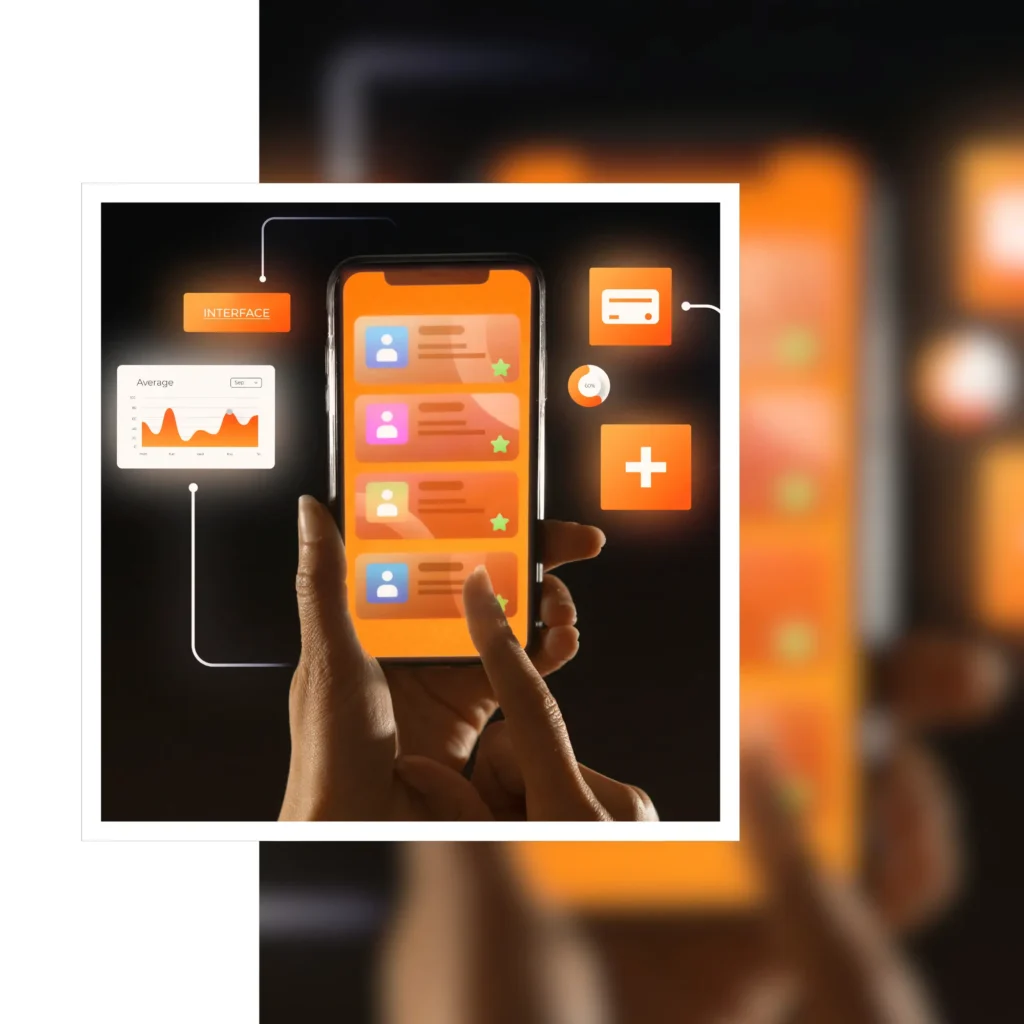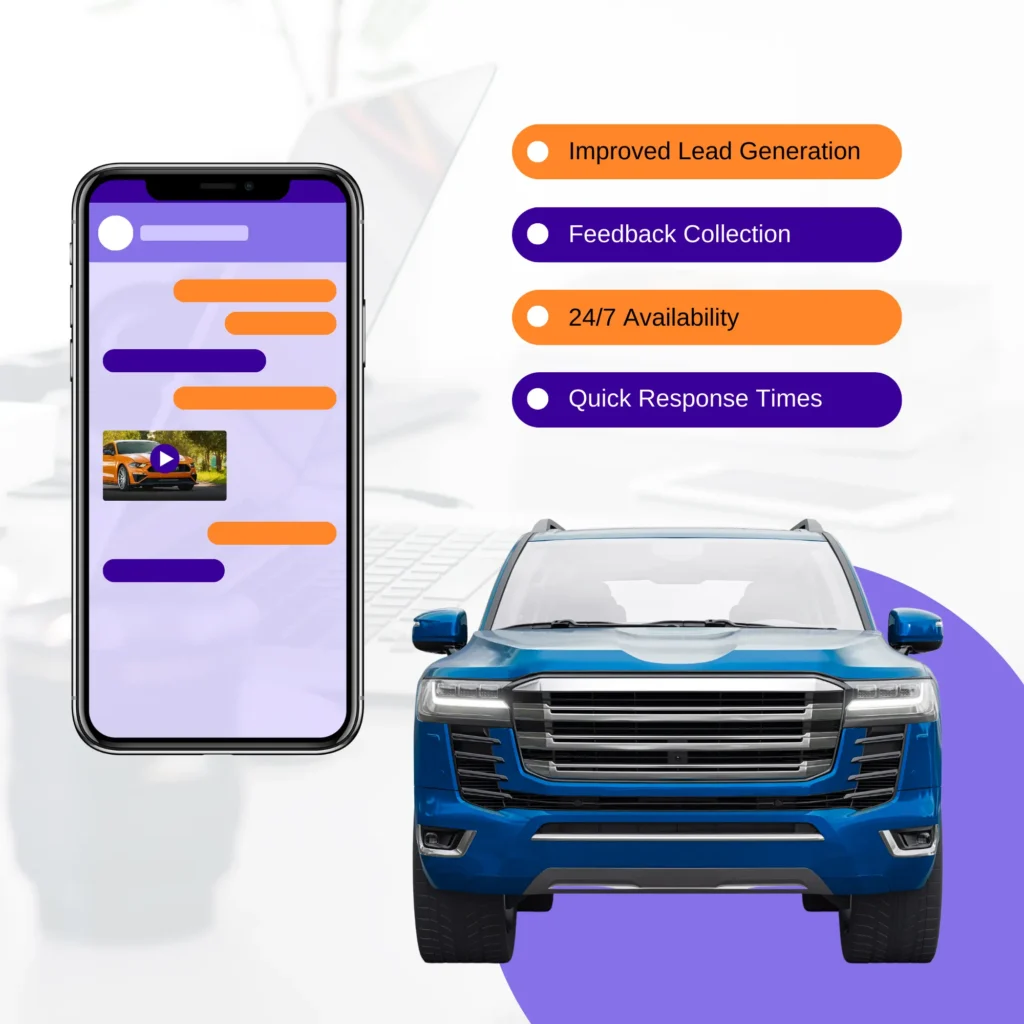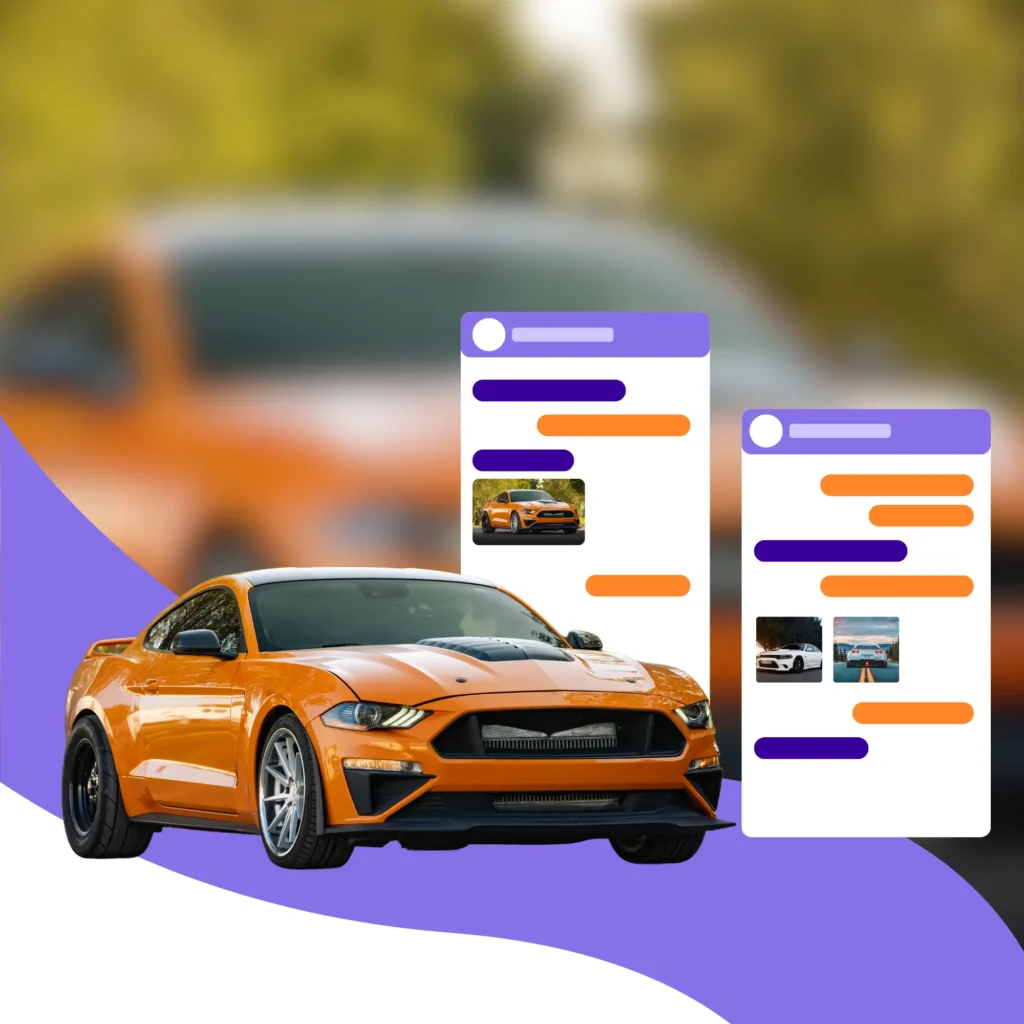What is a chatbot?
A chatbot is an AI simulated advanced conversational AI that can initiate the conversation with the user through chat in the natural language. These are the digital assistants that are capable of understanding the user’s intentions, interpreting them, processing and giving the prompt replies based on the query. These chatbots can be deployed on various points of user interaction such as webpages, social media pages, applications etc. They help produce personalized content to the customer thereby helping in the process of digital customer engagement.
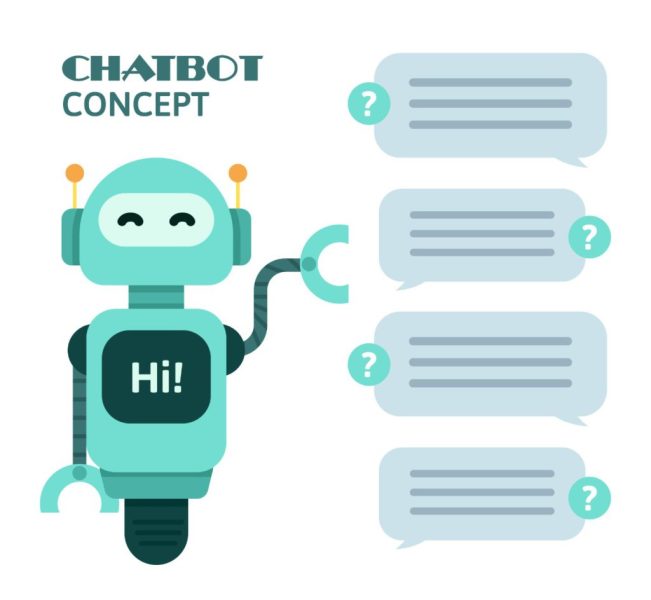
What are AI chatbots used for?
Chatbots have numerous applications depending upon their stream of deployment and the purpose of use. Few of the crucial adaptations of Artificial Intelligence chatbots are-
- Reduce Waiting Time – Companies can invest in chatbots instead of human service agents in order to provide an immaculate as well as economical service to the customers. Instead of waiting for hours to get an issue resolved, customers can use chatbots for instant support as well as after hour support with a 24 hr service availability.
- Cost Efficiency– Chatbots are also an effective cost-efficient alternative to support agents considering the numerous amount of repetitive questions the customers receive.
- User Education- Chatbots can be used for navigation of web pages, handling monetary transactions and also discussions regarding any topic relevant to the business. These conversations can educate the user about the services and features they are entitled to helping them make a more informed decision.
- Personalized Recommendations –They are capable of providing personalized product recommendations depending upon the user specific requirements and also recommend the right choices aligning with their needs.
- Customer Feedback- Chatbots can also be used to obtain feedback from the user which can then be constructively interpreted and enforced for the provision of a better service.
Where can chatbots be deployed?
Chatbots are used for various purposes like customer engagement, selling of products, feedback collections, personalized recommendations and a lot more purposes. To achieve these, they can be deployed on various digital points of customer interactions like company landing pages, kiosks, webpages, social media pages like facebook, twitter, email as well as automated sms services etc
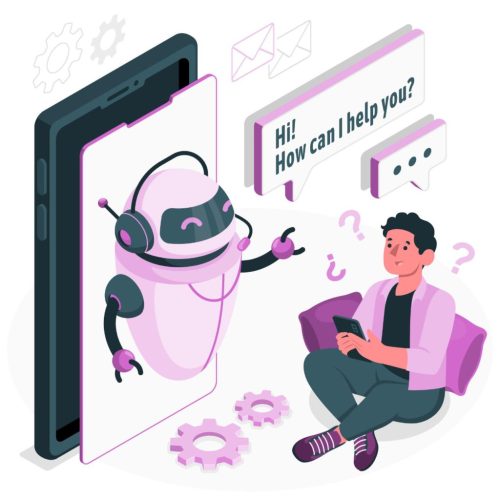
How does a chatbot work?
The functioning of a chatbot can be narrowed down to three basic technologies involved in them. They are-
Pattern Matching –
Chatbots use pattern matching to classify the inputs received from the user and then provide appropriate responses for the customers. A basic structure for this pattern matching is “Artificial Intelligence Markup Language”. The chatbots respond only based on the associated patterns that are already inbuilt. It therefore cannot answer to the patterns it cannot affiliate with its database. To enable this, chatbots can be incorporated with algorithms.
With lots of data and a combination of patterns, a hierarchical structure is created. Algorithms are used to reduce classifiers and generate more manageable structures. This process is called the Reductionist approach which ensures a simplified solution.
Natural Language Understanding –
NLU simply interprets into the capability of the chatbot to understand the human language. It is the process of structuring the data in a specific manner so that the system can understand it. It has a few components like-
- Entity- It symbolizes an idea to your chatbot. For example, the loan system in your banking solution.
- Context- After NLU understands the sentence, it verifies the query with the stored data bases through selected phrases. This helps the bot identify the context of the query thereby helping the machine decide the suitable response.
- Expectations- It refers to the component of chatbot comprehending with the expectations of the customer regarding their query.
Natural Language Processing –
NLP bots are used to segment the users inputs into structured data. The steps involved in this are-
- Tokenization- The bots segment the sentences into groups called tokens.
- Sentiment Analysis- It aligns the users emotions based on the inputs provided.
- Normalization- It analyses the presence of any typos in the input which might affect the overall interpretation of the input and thereby the message.
- Entity Recognition- It starches for the categories of the information required.
- Dependency Parsing- It searches the input for the common phrases through which the users usually want to convey the message or their intent.
What are the benefits of an AI chatbot?
An AI chatbot can prove a fortune to the companies if deployed for the right measures through the right means. Few of the ensured benefits of chatbots include-
- Quick Adaption– Chatbots are highly adaptive to new information and interpretations. It learns new routes and access to every individual query thereby bettering itself for the next conversation. They use ML which enables them to get more efficient with every interaction. This provides an easier and quick solution to the never ending problem of lack of understanding between the customer and the company.
- Cost reduction– Chatbots can work 24/7, 365 days with a very little investment providing you cost efficiency the live agents could never. Unlike live agents and sales reps, they need no leaves, recreations, training, etc thereby able to provide far higher returns than the investments.
- Increased sales– This proved to be an efficient platform for providing people with recommendations of products based on user requirements and queries. Business leaders have also stated in Forbes that chatbots have found to increase their sales by 67%.
- Better Engagement – Chatbots can send timely promotions and updates to the customers thereby keeping them better engaged. The engaged customers are more likely to consider the brand while evaluating their next purchase decisions thereby helping increase the customer base.
- Social Media Engagement– In this age of millennials where almost every decision is taken and discussed through social media and online websites, chatbots can actively keep these users informed about the products and its features or services consistently.
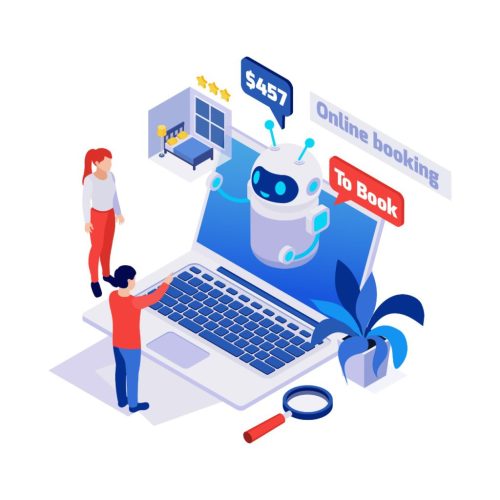
What are the advantages of a chatbot over service reps?
Chatbot has numerous advantages when added on to any of the points of customer interaction. A few of them can be summarized as follows-
- 24 hr Availability– Unlike the service representatives who work only for their shift, chatbots can be deployed 24/7 thereby enabling all time provision of query or concern resolution. The customer can login and start talking to the bot at any time irrespective of the rep availability thereby receiving a quick resolution of their query.
- Instant Answers– A representative can only concentrate on one customer at one point of time. A chatbot on the other hand, has the capability to handle hundreds if not thousands of parallel queries at the same time. This helps in reducing the overall waiting time of the customer negating to the situation where they’d have to wait for minutes to get a representative.
- Consistency – There might be numerous sales reps working in a company and its humanly impossible for all of them to maintain uniformity and give the same consistent answer to a similar query. However, a chatbot retraces similar queries to a similar response thereby maintaining consistency in its replies.
- Patience– One of the important factors affecting the outcomes of any conversation is the lack of patience sometimes exhibited by the reps due to unmanageable workload and continuously repeated queries. Chatbots on the other hand are void of any human emotions and can therefore stay consistent and answer as many times a query is asked.
- Programmability– Since chatbots are deployed using algorithms, they can easily at any instant be reprogrammed to generate a specific output or modify and already existing schemes work. This is more economical for the company than educating the reps about the new provision which is both time as well as resource consuming.
- Personalization– Chatbots can easily personalize the entire conversation to the individual by tracing out their recent conversations with the company and also through their replies to the previous questions.This helps the chatbot personalize the product recommendations and completely simplify the customer’s transaction experience with the company.
How does an AI chatbot personalize the recommendations to the customers?
AI Chatbots employ machine learning to incorporate product recommendation engines into their functioning. Artificial Intelligence chatbot has the capability to segment and analyze the behavioural patterns of the visitors and users through a process called collaborative filtering. This is the process through which the machine compares the users inputs with inputs form similar users whose tastes and choices align with the current users. It ranks the items they like and begins recommending the same to the users. Advanced recommendations also include other layers like product tags, keywords etc to enable the algorithm to discover another set of relevant data.
What is Dave AI?
Dave AI is an artificial intelligence sales augmentation platform. It enables brands to create virtual sales agents in the form of avatars or chatbots to understand the customer preferences and deliver valuable suggestions to enhance the selling experience. The Chatbot created using this platform can capture actionable data to deliver a hyper-personalized value selling experience, unique to every customer that Dave interacts with and creates a compelling product discovery experience. High-powered personalization coupled with automated product ranking and recommendation systems allows the bot not only to interact with the customer but also to guide them through the product catalogues.
Want to explore how DaveAI can further assist you in your journey towards the digital era?
Free Demo
FAQs
A. Yes, chatbots increase sales. With prompt solutions to queries, Chatbots bridge the gap between communication and service and enhance the quality of customer support in return. Customer engagement is accurate and personalized. Chatbots boost sales by 67%.
A. The cost of an AI chatbot depends on the company, business requirements, and the technical aspects that lay the foundation for the working of this chatbot.
A. The time required to create a chatbot entirely depends on the availability of resources and the modules for the chatbot to be developed. It can take a chatbot maximum of 2 to 3 weeks to be developed.
A. Chatbots learn in two ways.
By analyzing previous data and making predictions from experiences or by humans modifying the system.
A. A chatbot can be made smarter with the help of machine learning and user modelling.
A. A smart chatbot is an AI chatbot that can initiate free-flowing conversations like humans and understand the intent and language of the user.
A. Chatbots are used as efficient business strategies that enhance the process of providing customer service and operational efficiency that decreases the cost of customer engagement.
A. Giving the chatbot a catchy name, a unique brand avatar and features like personalization can make it interesting.
A. The feature of encryption makes WhatsApp bots very safe and secure.
A. Chatbot is a successful and cost-effective strategy. Chatbots are prompt in answering questions and completing tasks for which they have been trained for. It has been proven that chatbots provide 80% efficiency in handling conversations.
A. The steps involved in deploying a chatbot on a website are:
1. Visit the Integration panel and choose the chat widget.
2. Go to ‘publish your bot’ section.
3. Copy and paste the code to the source code of the website preliminary to the tag.
A. AI chatbots can converse with people on a level that feels empathetic. AI chatbots provide accurate guidance by initiating solutions to fulfill the needs of the customers.
A. Chatbots triggers are keywords or the actions of a subscriber. Triggers aid in seamless customer engagement. They are of two types:
1. Keyword: An activity gets launched once a message is received from the subscriber that contains a keyword.
2. Subscription: An activity gets launched after completion of a pre decided period in reference to the subscription added to the chatbot by the customer.
